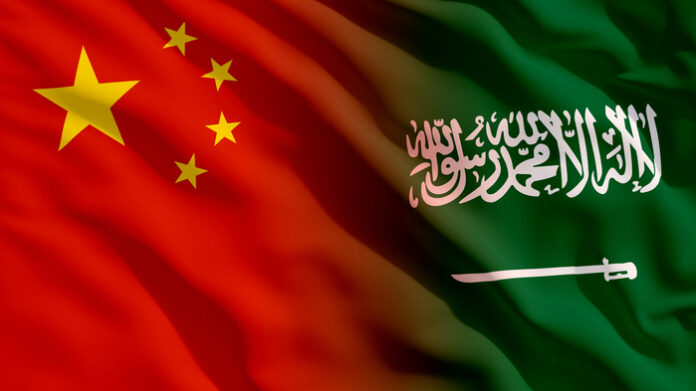Authors: Xiaolin Duan, Shafi Aldamer
Affiliation: The Chinese University of Hong Kong (Shenzhen, Guangdong, China), King Fahd University of Petroleum and Minerals (Dhahran, Saudi Arabia)
Organization/Publisher: Asian Politics and Policy/ Wiley Online Library
Date/Place: January 27, 2022/ Hoboken, New Jersey (USA)
Type of Literature: Analysis
Number of Pages: 14
Link: https://onlinelibrary.wiley.com/doi/10.1111/aspp.12619?af=R
Keywords: Saudi Arabia, China, and Neo-Realism
Brief:
Drawing upon a neoclassical realist approach, the article attempts to answer its key question: how do the synergies and tensions of the systematic and unit-level factors that govern the Sino-KSA sphere shape both countries’ behavior? Riyadh and Beijing have a substantial economic partnership in many aspects, not the least of which is the declared “comprehensive strategic partnership.” Yet, some concerns exist, stemming from, inter alia, Iran, the US’s changing energy policies, and China’s push to diversify its energy demand. The article emphasizes that a neoclassical realist analysis, as opposed to Kenneth Waltz’s structural realism, incorporates systematic changes, but also unit level-factors. Starting with systematic factors, the article highlights the favorable historical trajectory that has paved the way for a Sino-KSA rapprochement, largely driven by the end of the Cold War. Shared economic interests grew over the next decades – China became KSA’s largest economic partner, while KSA was China’s largest crude oil supplier in 2002-2016. However, recent systemic changes have shaken that partnership. Those are, the article suggests, the “Thucydides Trap” with the decline of the US’s hegemony, the US’s changing energy policy, Sino-Iran’s diplomatic relationships, and China’s desire to escape US hegemony by escaping the US-controlled strait of Malacca. On a unit-level, the article pinpoints three variables. First, the Muslim ethnic minority question, arguing that China and KSA have reached an understanding on that matter, signaled by MBS’s visit to Beijing in 2019. Then comes transactional relations, where the article focuses on energy, trade, and investments. For instance, the article shows that some of China’s energy/economic policies have been problematic to KSA, such as trying to establish the yuan as the global reserve currency. Further, the article alludes to the “1+2+3” approach that China adopted for the Arab World, including KSA. Additionally, the article notes that China’s BRI and Saudi Vision 2030 have a space of convergence. Lastly, regional developments have shown rapprochement and divergence as relates to Syria and Iran respectively. Notably, Iran remains a complicated dilemma (that the article questionably under-emphasizes): Between the KSA as its best ME economic partner, and Iran as a bargaining chip with the US, who will China put over? The article concludes that the Sino-KSA relationship will continue to be ruled by hedging on both sides. As China tries to diversify its political/economic foothold, the KSA will further develop its economic interests with China, while maintaining its security interests with the US.
By: Hamza Amer, CIGA Research Assistant




